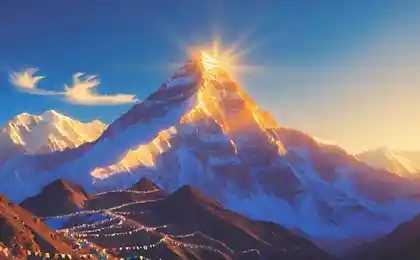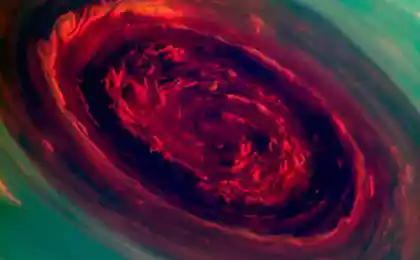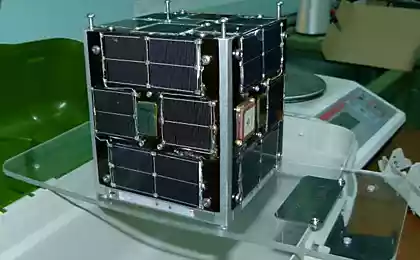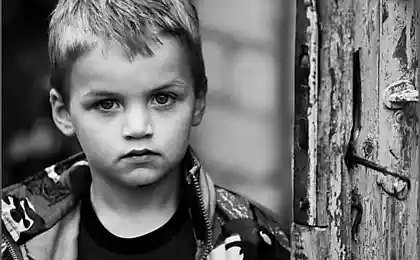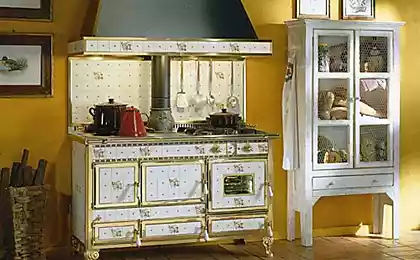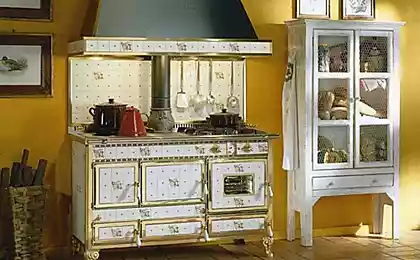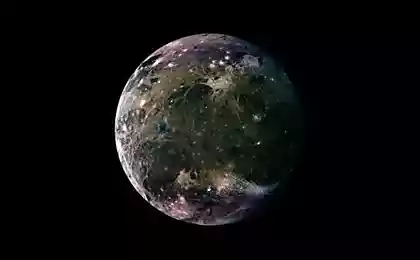545
The movement of tectonic plates on Europa - the key to life?
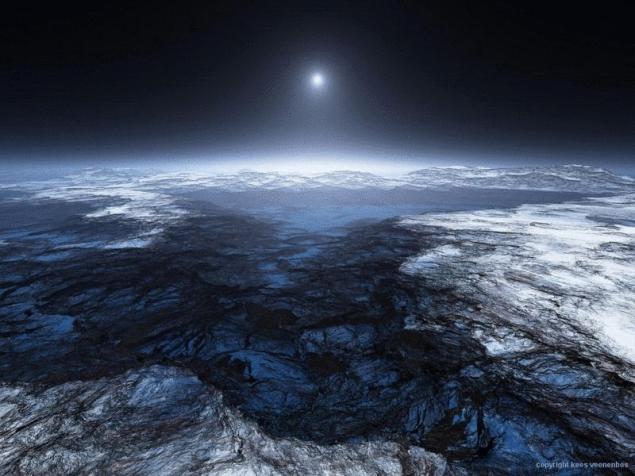
As we have already mentioned, scientists have discovered evidence of the movement of tectonic plates on Jupiter's moon, Europe. Plate tectonics are essential to life as we know it, according to Diana Valencia of Harvard University. Let's see why the presence of tectonic activity on Europa has attracted the attention of scientists and how tectonics associated with life.
Tectonics — the movement of the giant pieces or plates that comprise the earth's surface. It is extremely important for life on earth because it connects complex chemistry and recycle substances like carbon dioxide, which acts as a thermostat and keeps Earth warm. Carbon dioxide locked up in rocks is released when those rocks melt, and is returned to the atmosphere through volcanoes and oceanic ridges. This is extremely important on a global scale, however, is about it we in detail wrote.
The discovery of plate tectonics on Europa — the first sign of such geological activity on another world discovered, not counting the Ground. Researchers have clear visual evidence of the expansion of the ice crust of Europe. However, they could not find areas where the old crust would be destroyed, freeing place for new. Studying the image of Europe taken by satellite, Galileo in the early 2000s, planetary geologists Simon Kattenhorn from the University of Idaho and Louise Proctor of the applied physics Laboratory of Johns Hopkins University has discovered some unusual geological boundaries.
"For years we thought about how could appear this new land, but couldn't figure out how. Now, we think we know the answer."

This image of the Northern hemisphere in Europe — on the side that is facing away from Jupiter shows numerous ridges (red) and faults (light). Subduction zones — regions where two tectonic plates converge and one is under the other arrow.
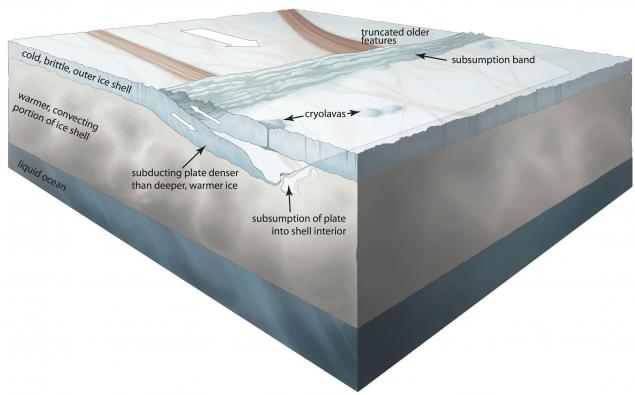
Conceptual illustration shows how the cold and brittle part of the ice sheet (about 20-30 miles) moved to a warmer spot under the surface of the planet and ultimately was absorbed. Later, perhaps, she created krylovii release.
Plate tectonics is the scientific theory that the outer layer of the Earth consists of plates or blocks that move, she explains, why there are mountains and volcanoes, and why earthquakes occur.
The surface of Europa, one of the four largest satellites of Jupiter that is slightly smaller than the earth's moon, covered with cracks and patches. Surface blocks are known, we move like the earth, diverge and converge. A part of the surface of Europa show evidence in the form wide chasms a mile wide, formed in the process of diverging plates, and fresh ridges of ice material in place of the newly formed chasm — like that on Earth formed the bottom of the sea.
On the Ground, as new material forms at mid-ocean ridges, old material is destroyed at subduction zones where two tectonic plates converge and overlap one by one. However, despite the apparent expansion rate of such events in Europe, the researchers were unable to determine how the surface can accommodate all the new material.
Scientists studying Europe, often reconstructed surface plate of the moon in the original design, like collecting the puzzle to get a picture of what the surface was before. When Matterhorn and Procter refurbished ice surface, they found that about 20 000 square kilometers of the surface in high Northern latitudes the moon just went missing.
Another proof that the missing earth slid under the other plate surface on the Earth such a scenario is quite common. Matterhorn, and Kimberly saw ice volcanoes on the upper plate, which may have formed during the melting and absorption of the lower plate, which implies that the material has penetrated inside, not crumpled up two plates in ice-cold smoothie.
Scientists believe that abdullovna area was absorbed by the ice shield of Europe, in which the thickness can be up to 30 kilometers, and does not break it on the way to the underground ocean of Europa. The relatively young surface of Europa, which on average 40-90 million years old, scientists have seen evidence that the material moves up to the ice crust, but the mechanism that would put material back under the crust and in the icy ocean under the ice, until they were discovered.
"Europe can be more Earth-like than we thought, if it is a global system of tectonic plates, say, Matterhorn. — Not only that this discovery will make the Jupiter one of the most interesting places from the point of view of Geology, but also implies two-way communication between the outer and inner part of the moon is a way of moving material from the surface back into the ocean. This process will carry significant implications for the potential of Europe as a habitable world."
The results of the team's work appeared in the journal Nature Geoscience.
We will remind, in July, NASA announced the selection of scientific instruments to be sent on Board the future mission to Europe.
"Europe continues to reveal itself as a dynamic world, showing convincing similarities with our own Earth," said Kurt Niebuhr, a researcher at the NASA outer planets. — The study of Europe raises fundamental questions about this potentially habitable icy moon and the search for life beyond Earth".
Previous findings indicated the existence of a liquid water ocean under the icy crust of the satellite. This ocean covers Europe and contains more liquid water than all the oceans of Earth combined.
The spacecraft "Galileo", launched in 1989, was the only space mission, which was planned regular visits to Europe. He walked past the moons of Jupiter about a dozen times.
Many discoveries of Galileo include the detection of evidence of the existence of the ocean of salt water beneath the icy surface of Europa. Officially, the mission ended when Galileo plunged into Jupiter's atmosphere in September 2003 in order to deal with Europe.
Source: hi-news.ru
The DENZA electric car launched into serial production
Eaten by mother nuts - the key to the health of the child
